Succulents have become increasingly popular among plant enthusiasts, thanks to their unique aesthetic appeal and low maintenance requirements. However, the choice of soil when planting these drought-tolerant beauties is paramount. Can you plant succulents in regular potting soil? This question prompts a deeper dive into the nuances of soil requirements for succulents, along with an exploration of the best soil mixes available.
Understanding the specific needs of succulents is crucial for their growth and overall health. While regular potting soil is formulated for a variety of common houseplants, it often lacks the necessary drainage and aeration that succulents crave. Delving into this topic requires an examination of soil composition, characteristics of succulent plants, and the optimal potting conditions.
So, can succulents thrive in conventional potting soil? The short answer is no. While some gardeners may find short-term success when using standard potting mix, over time, the drawbacks of such a medium become evident. Let’s explore the essential aspects of succulent soil requirements.
Understanding the Unique Needs of Succulents
Succulents, belonging to various families like Crassulaceae, Aizoaceae, and Cactaceae, have evolved to thrive in arid conditions. This evolutionary adaptation means they store water in their leaves, stems, and roots, allowing them to survive prolonged periods without rainfall. However, this storage capacity does not mean that they can tolerate soggy roots. In fact, one of the leading causes of succulent demise is root rot, induced by excessive moisture retention in the soil.
Leaves of succulents are often fleshy and swollen—a visual cue of water storage. Consequently, their roots require a well-draining and aerated growing medium to facilitate oxygen exchange. This enables healthy root respiration, which is crucial for nutrient uptake and overall plant vitality.
Potting Soil Composition: The Fundamentals
While regular potting soil is typically composed of peat moss, coconut coir, and perlite, this mix does not provide the optimal environment for succulents. Peat moss retains significant moisture, which can lead to waterlogged conditions. The absence of proper drainage materials can greatly diminish the health of these plants over time. As such, understanding the composition of the potting medium is vital.
The most effective soil for succulents includes several components that together provide a loose, well-draining mixture. Here’s what to look for:
- Perlite or Pumice: These materials improve aeration and drainage, preventing the soil from becoming compacted and waterlogged.
- Inert Minerals: Materials like coarse sand or gravel add heft to the mix and further enhance drainage capabilities.
- Organic Matter: A small amount of compost or worm castings can be beneficial, provided it does not dominate the mixture, as it retains moisture.
Finding the Right Mix: Types of Soil for Succulents
Several specialized potting mixes cater specifically to succulents and cacti. These blends are carefully formulated to offer the right balance between moisture retention and drainage, ensuring that the roots remain happy and healthy. Below are some types of soils specifically designed for succulent growth:
Commercial cactus and succulent soil mixes are widely available, often containing a blend of soil, perlite, and sand. Look for brands that are specifically labeled for cacti and succulents. These premixed varieties take the guesswork out of creating your own mixture.
If you prefer a more hands-on approach, you can easily create your own succulent soil mix by combining equal parts of potting soil, perlite, and coarse sand. This customizable blend can cater to specific succulent types, given their varying needs.
Considerations When Planting Succulents in Containers
The choice of container also plays a role in the success of your succulents. Ensure the pot has drainage holes to allow excess water to escape. Terracotta pots are particularly suitable as they are porous, allowing moisture to evaporate more effectively. Alternatively, plastic or ceramic containers can be used, but they should always have adequate drainage.
Another important consideration is the location of your succulent arrangement. Position succulents in a location that receives ample indirect sunlight, as most varieties thrive under bright but filtered light. Excessive direct sun can scorch the delicate leaves, while inadequate light can weaken the plant, making it more susceptible to fungal diseases.
Monitoring Soil Moisture
Even with the right soil mix, it is essential to monitor moisture levels closely. Generally, wait until the soil completely dries out before watering again. This not only promotes robust root development but minimizes the risk of fungal infections. A soil moisture meter can assist in determining the right balance, especially for beginners.
Conclusion: The Path to Healthy Succulents
Navigating the complexities of succulent care starts with choosing the appropriate soil. While it might be tempting to utilize regular potting soil due to its availability and convenience, the consequences of such a choice often outweigh the advantages. By understanding the unique needs of succulents and selecting a well-draining soil mix, gardeners can foster an environment conducive to healthy and thriving plants. Whether you opt for commercial blends or create your own mixture, diligence in monitoring conditions and maintaining the right balance is crucial for ensuring the success of your succulent collection.
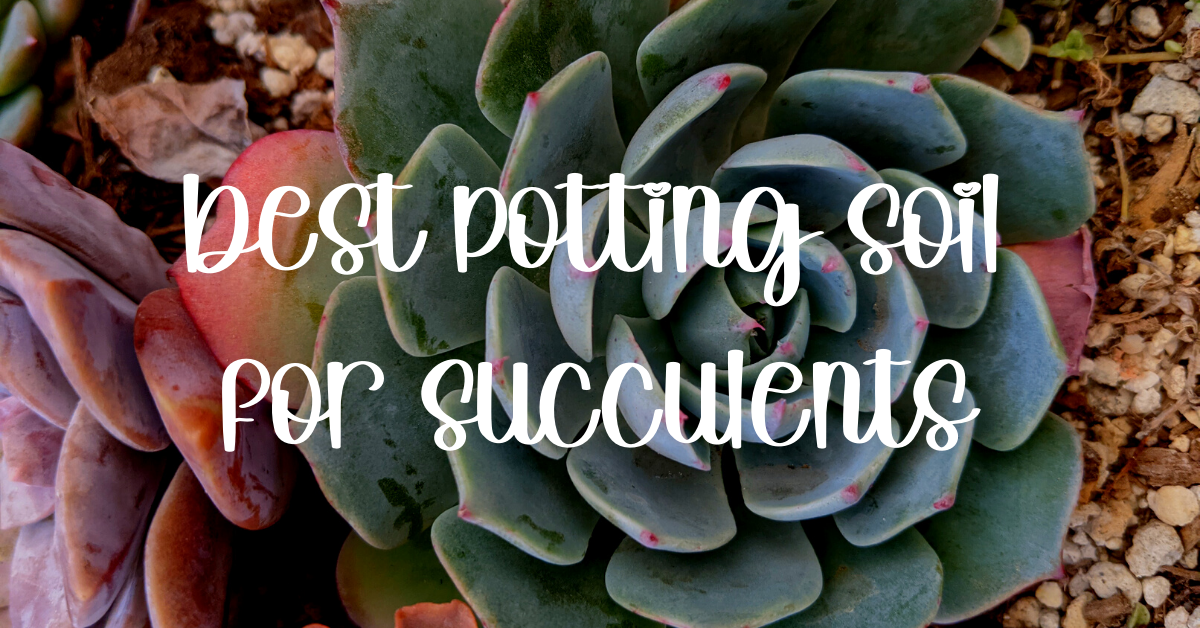
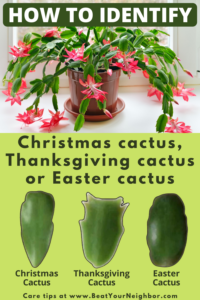
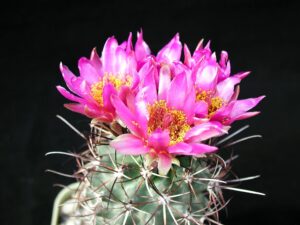
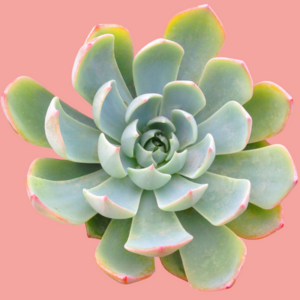
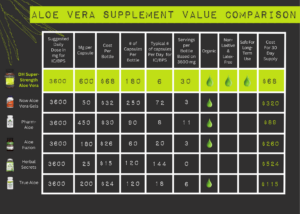
Leave a Comment